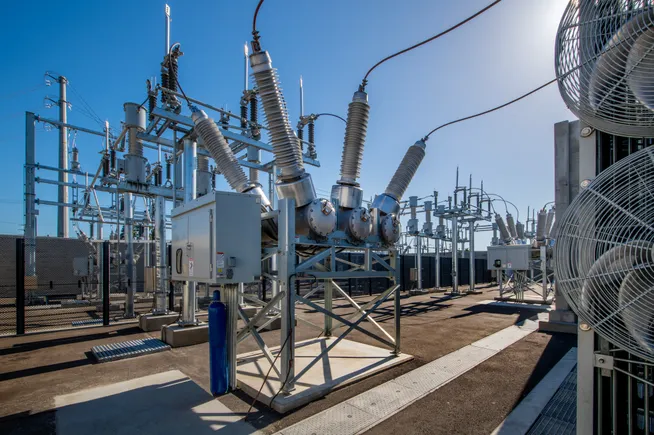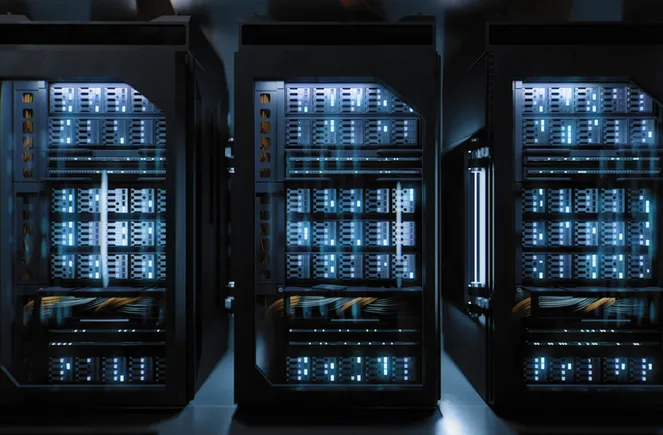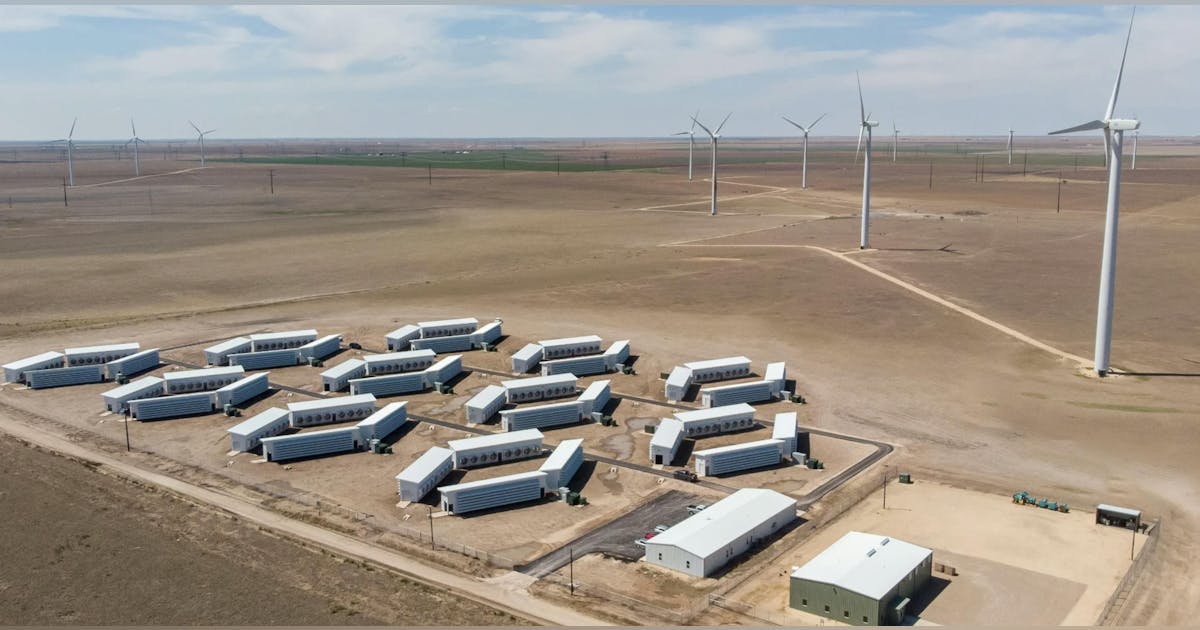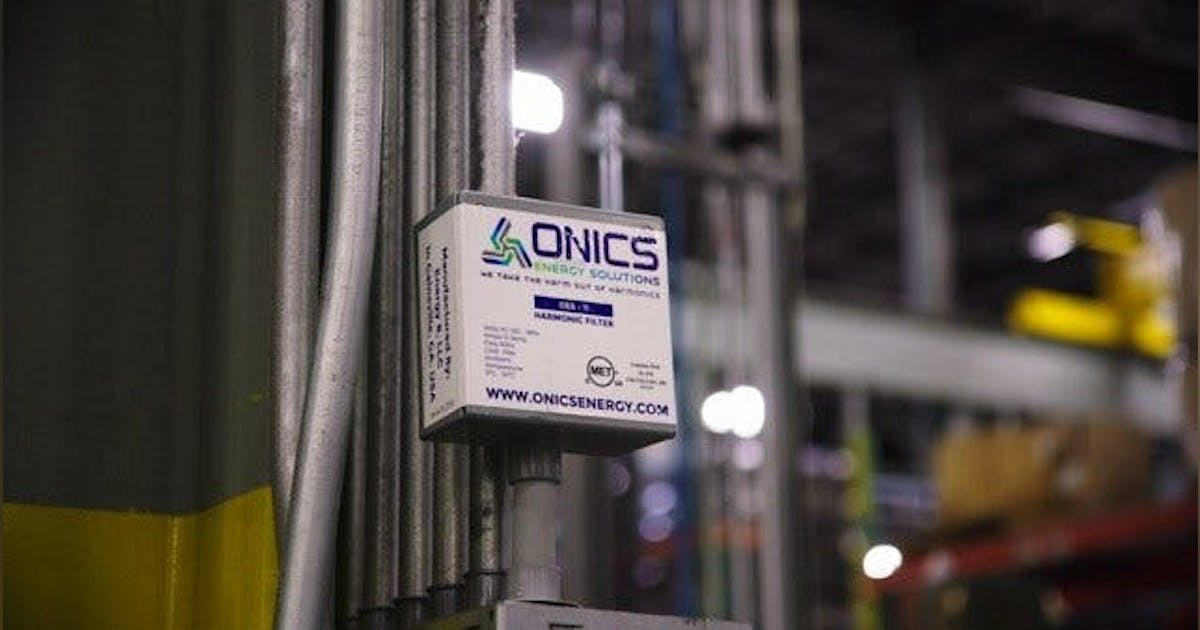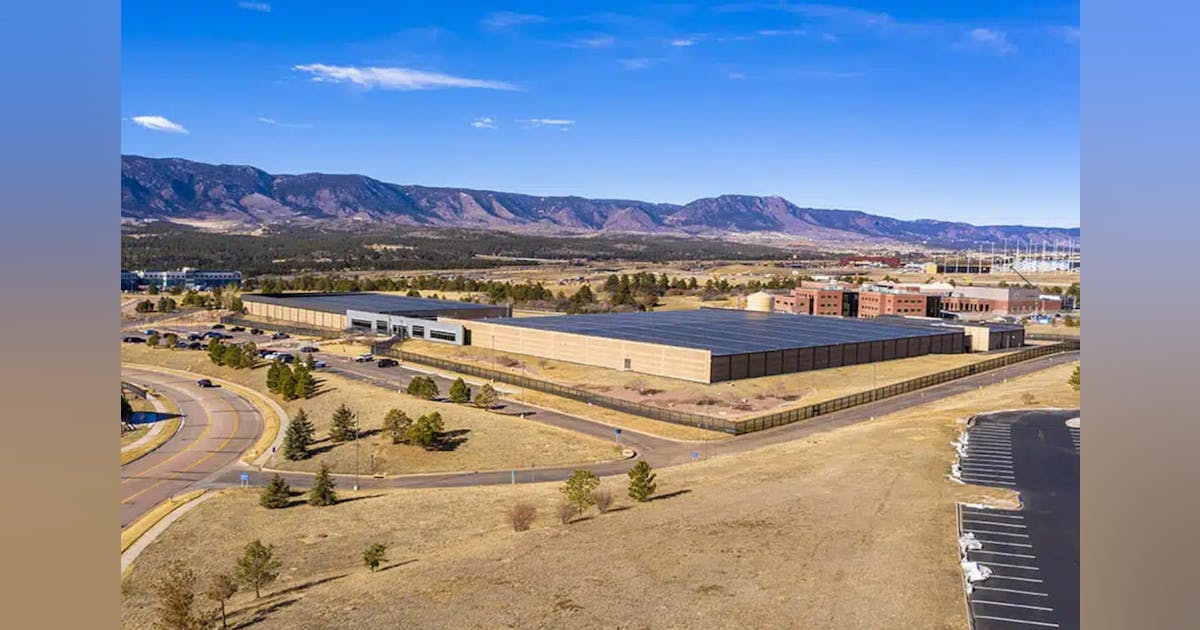The roads in and out of Delta, Utah, are dotted with ghost towns. The oldest date back to the Pony Express. The majority saw their heyday during the gold rush; now they mostly consist of stone markers and the occasional remnants of an old cabin.
And like many of the towns that remain in Utah’s West Desert, Delta has faced the very real possibility that it, too, could be relegated to the dustbin of history sooner rather than later. Town mayor John Niles recalls having conversations with his city council about the possibility that they could face an exodus of residents or even a foreclosure crisis when the Intermountain Power Agency announced in 2017 that it planned to close by 2025 the 1.9 GW coal-fired power plant that accounts for roughly half the town’s total GDP.
In a town of just 3,800 residents, these weren’t anonymous citizens who stood to lose their homes. Niles himself worried that his two sons, who both work at the IPP coal plant just as he did before he ran for city council, would be forced to move away to find work.
Instead, the town today is experiencing something of a housing shortage. Faced with the possibility of losing its largest customer — the Los Angeles Department of Water and Power — if it continued to burn coal, the Intermountain Power Agency decided to replace the coal plant with a pair of gas-fired turbines with a combined capacity of 840 MW designed to run on 100% green hydrogen by 2045.
“California got 40 years of good, reliable baseload electricity. The Utahns have got jobs, tax revenue and this sweetheart deal that gives them a front row seat at a world-class project they only pay for when they use it. It’s been a tremendous success.”

John Ward
Intermountain Power Project spokesperson
Construction of the new plant and all the associated infrastructure reached peak employment last summer with some 1,200 workers on site. And finding room and board for all those workers in a town the size of Delta has proved a bit of a challenge.
If construction on the plant remains on track — it’s slated to open this year — the Intermountain Power Project stands to become the world’s first operational gas power plant designed and built to use 100% carbon-free hydrogen.
But there’s more at stake than simply demonstrating hydrogen-powered energy generation at scale. The town of Delta could also represent a rare success story in the nation’s quest to transition former coal-producing communities to renewable energy — but one that experts say could be difficult to replicate elsewhere, given the unusual confluence of circumstances that is giving rise to the IPP’s new hydrogen-capable gas plant.
Commitment and community values
During the energy crisis of the 1970s, rural communities such as Delta wanted more baseload generation to ensure access to reliable electricity. But the small size of these cities and towns meant that they couldn’t afford to build a large coal plant all by themselves — they’d never use enough of the power to justify the expense.
In Utah, 23 communities formed the Intermountain Power Agency with a goal of pooling their resources and sharing the power from the two-unit coal-fired power plant they ultimately built. Yet even this cooperative couldn’t use all the power they planned to generate, so they struck a deal with a much larger municipality: Los Angeles. The Utah-based municipalities and public utilities retain the right to take as much power from the project as they need, and the remaining power is sold to LADWP, with the proceeds coming back to the municipalities that own the project. These municipalities can also choose to defer their entire interest in the project in favor of selling their portion of the power to LA, according to John Ward, an IPP spokesman.
“And it’s worked out well for everybody,” Ward said. “California got 40 years of good, reliable baseload electricity. The Utahns have got jobs, tax revenue and this sweetheart deal that gives them a front row seat at a world-class project they only pay for when they use it. It’s been a tremendous success.”
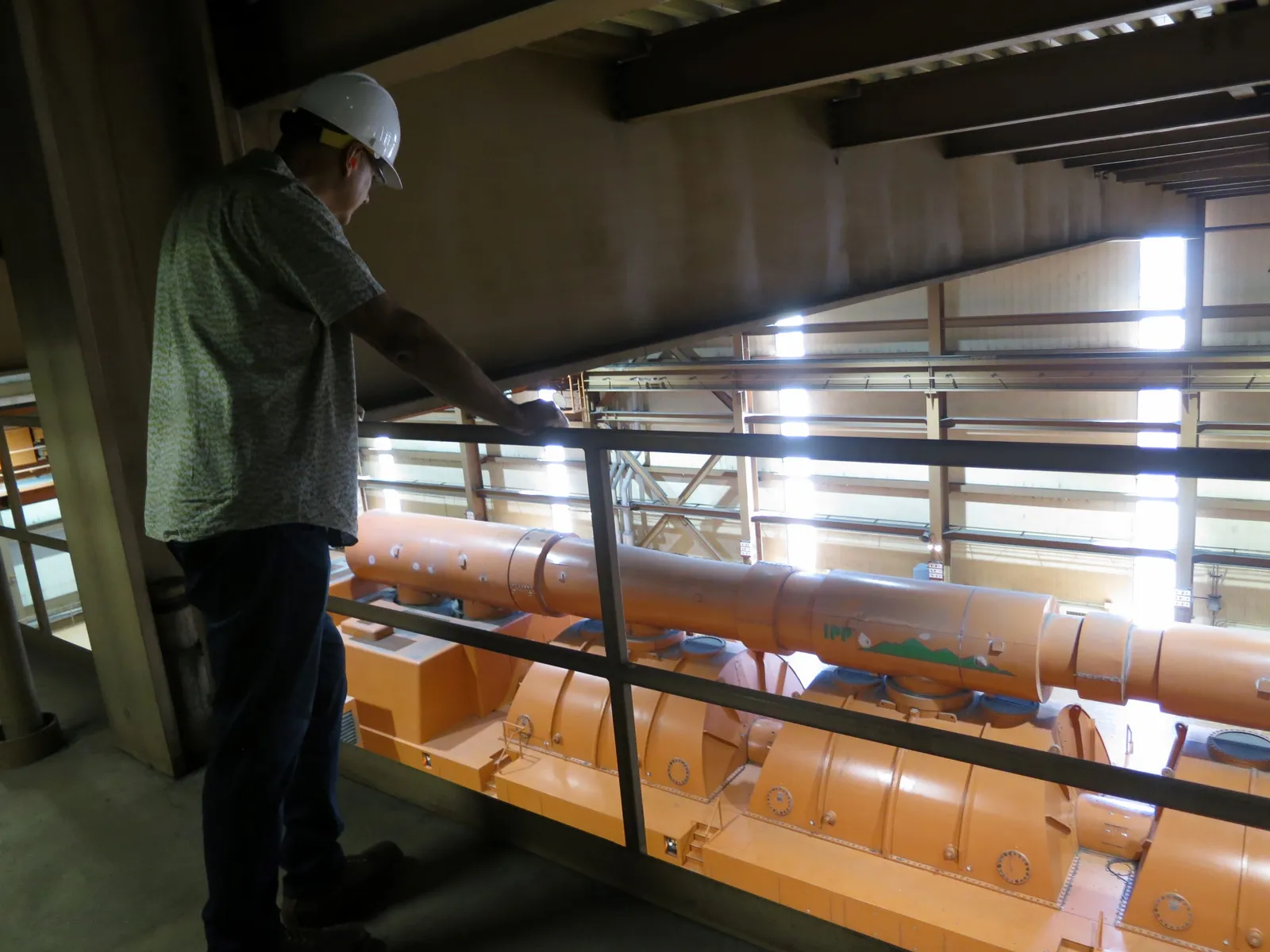
IPP spokesperson John Ward looks over the plant’s existing General Electric turbines. The ultimate fate of the turbines and coal-fire plant remains uncertain in the wake of state legislation that aims to keep the coal plant up and running in spite of plans to shutter it.
Emma Penrod/Utility Dive
Construction of the original Intermountain Power Project completely transformed Delta, which was then a small farming community with little industrial experience. But the town largely welcomed the change. The project has, in the time since, generated more than $600 million in tax revenue for local communities in addition to creating jobs and attracting other energy and materials-related businesses to the area, Ward said.
That income means Delta — and the smaller surrounding communities — enjoy public services not often seen in towns of this size, according to Vicki Lyman, a technical analyst in the environmental group at IPP who also serves as a local county commissioner. The power plant helps pay for local schools, the hospital, a new jail, a library and a softball complex, among other things.
“The CEO out there … has done more for our community than you can imagine,” Delta Mayor Niles said. “He donates to everything. He donates to our high school, to the football teams. Most companies won’t do that.”

A child plays in a fountain in a city park in Delta, Utah. Tax revenue and donations from the IPP mean Delta and many of the surrounding communities enjoy government services not typically available to communities of their size.
Emma Penrod/Utility Dive
Although it’s no longer the only game in town, the IPP remains the largest taxpayer in the county, Ward said. So when LADWP informed the IPP board that it could no longer purchase coal-fired electricity, Ward said their responsibility to the community meant they had to find a new way to serve their largest customer to avoid closing the plant. So that is what they did.
Because the original IPP plan called for the construction of two additional coal units that were never built, the cooperative had room on site for a new set of generators — two natural gas units totaling 840 MW. These will start running a 30% hydrogen blend as early as this summer, with a goal of using 100% carbon-free hydrogen by 2045.
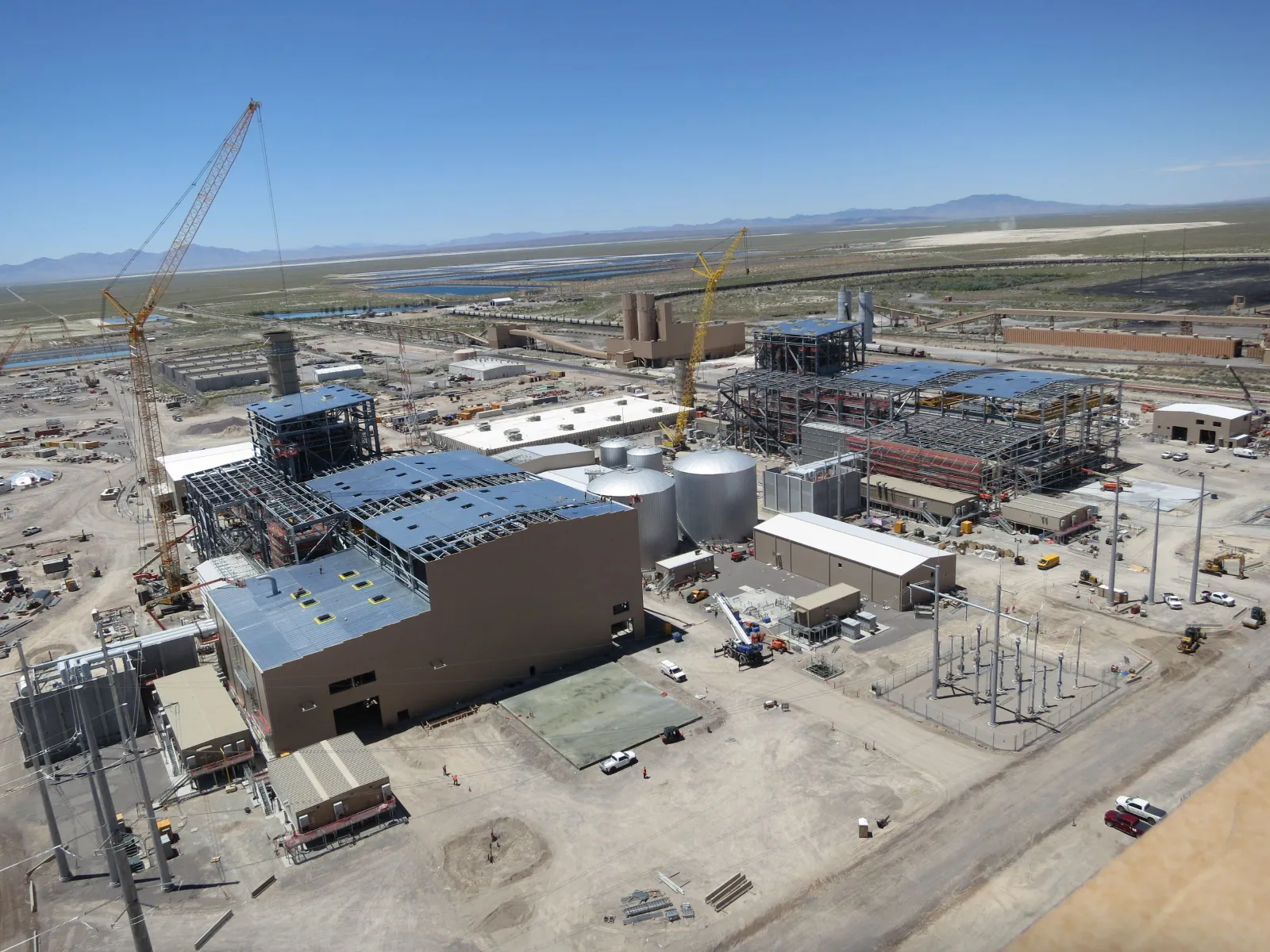
Construction of two hydrogen-capable natural gas generators proceeds at the IPP site in July 2024. The new plant is on track to become the world’s first operating gas plant designed and built to use 100% carbon-free hydrogen fuel.
Emma Penrod/Utility Dive
Beside the cost and the potential stakes for the local community, the hydrogen industry writ large also has a lot riding on this particular project, Chevron New Energies’ Vice President of Hydrogen Austin Knight said.
“To do something this large on this timeline makes it very unique — and something the entire system can learn from,” Knight said. And perhaps the most important factor making it all possible, he said, was the fact that the customer and the entire team behind the project has an unwavering commitment to clean, renewable energy.
Making hydrogen in coal country
Although slated to open this year, Delta’s Intermountain Power Project likely won’t reach its goal of running on 100% carbon-free hydrogen until 2045. The plant plans to blend 30% hydrogen and 70% natural gas upon opening, because sufficient hydrogen fuel needed to reach 100% doesn’t currently exist, according to John Ward, a spokesman for the project.
Mitsubishi, which the IPP initially tapped to provide both of the turbines for the gas units, plans to help fill that gap. On the other side of the highway from the IPP facility, Mitsubishi has set up an independent, 220 MW electrolysis facility they call the Advanced Clean Energy Storage, or ACES, Delta to produce the hydrogen.
Surplus renewable energy from LA, delivered via the same power lines that IPP has used to provide power to California all these years, will drive the electrolyzers that split water into its component parts of hydrogen and oxygen. Chevron entered the project as a partner in 2023 when it purchased a series of underground storage facilities owned by Magnum Development. Chevron will store the hydrogen — until it is ready for use by IPP or sold to potential third-party customers — in two salt caverns also under construction in Delta.
The salt caverns, additions to the existing Magnum facility that stores other types of fuel underground, have the potential to store 300 GWh of electricity. This is something of a happy coincidence, Ward said. Nobody intended to build the IPP atop a huge underground salt deposit; developers discovered it later while prospecting for oil.
Even with all the pieces that have fallen into place, the IPP still requires significant transmission upgrades, including the installation of three 400 MVA synchronous condensers by Siemens Energy to help balance the grid.
The condensers project at IPP is one of the largest of its kind undertaken by Siemens, according to Matt Neal, the company’s vice president of Grid Solutions for North America. The scale of the project means that its influence will be felt beyond the hydrogen industry, he said.
“We are building similar projects in Texas right now, but they are pure-transmission utilities that don’t have any generation,” he said. “That gives us an opportunity to take things we learned at IPP to Texas and say we built one of these for a generation customer and we learned some things, and maybe we can make these assets a bit better, a bit safer, and a bit higher quality.”
Unique obstacles
While many coal-producing towns face similar challenges, the reality is that each community is unique. That means that a single approach is unlikely to fix all the issues that such areas face, according to Sean O’Leary, a senior researcher at the Ohio River Valley Institute, where he studies the economies of coal- and other energy-producing communities.
A community like Delta has limited options to prevent its economy from collapsing when its main revenue generator is threatened, O’Leary said. Most communities that have made successful transitions from fossil fuel production to other industries, such as Centralia, Washington, are significantly larger than Delta, with more diverse economies before the loss of fossil fuel jobs.

An RV parks outside a motel on Delta’s main street. Housing 1,200 construction workers in a town of just 3,800 residents has proven challenging, according to Mayor John Niles, and available hotel rooms and RV hookups have become scarce.
Emma Penrod/Utility Dive
Yet Delta does have some unique circumstance that should work in its favor, O’Leary continued. The biggest factor, in his view, is that the IPP has already found a customer. Many hydrogen projects to date have been unable to get off the ground due to their inability to secure offtakers.
The second factor, O’Leary said, is that the IPP is owned by local municipalities, which means that the economic benefits associated with the project are more likely to stay within the surrounding communities. The limited number of jobs associated with projects like power plants relative to the high cost of capital means that the benefits of these projects more often accrue to investors who live outside the communities in which they are built.
What flummoxes O’Leary is the fact that Los Angeles is apparently willing to pay for all of this. Hydrogen, O’Leary noted, is still hugely expensive compared to nearly all forms of generation, and most forms of energy storage. When contacted last summer, LADWP declined to comment, referring any questions to IPP.
The politics of the situation also mystify O’Leary. In some other coal-producing communities that have looked to transition to hydrogen or other forms of renewable energy, opposition from local communities has threatened to derail projects.
“The cultural aspect of this is so bedeviling,” O’Leary said, noting that one in four counties in the Ohio River Valley, another area that has attempted to make this transition, has passed ordinances prohibiting the construction of wind and solar farms. “We are trying to understand the nature of the opposition because most of it isn’t about cost and benefits. It’s not about jobs. To a large degree the opposition is basically cultural, identity-based. That makes it very difficult to overcome.”
Rural workforce in transition
While policies looking to preserve economic opportunity in rural energy communities typically focus on job growth, the data suggests this is one area where simply switching fuels may not produce the desired results, according to Sean O’Leary, a senior researcher at the Ohio River Valley Institute, where he studies the economies of energy-producing communities. Running alternatives like natural gas often requires fewer workers than coal plants, he said.
Delta may not be entirely immune to this challenge. Although construction at the IPP and related projects at ACES Delta has swelled the town’s population, the vast majority of those jobs are temporary. Employment tied to the project has likely already peaked and will begin to wind down as construction nears completion.
The IPP has notified some employees that they will be laid off when the transition is complete. Although the coal-fired power plant currently employs about 300 people, Ward said the new gas units will only require about 180 workers.
A good portion of the plant’s existing workforce planned to retire in the near future, so that should help mitigate the layoffs, Ward said. The IPP is hopeful that adjacent projects like ACES Delta, which Mitsubishi estimates will create 20 new long-term jobs, will help offset some of the losses at the plant. Siemens also expects to keep eight people to run its condenser units.
But comparing the number of jobs retained to the number of people IPP used to employ isn’t entirely fair, Ward said. “The comparison is what the gas plant’s going to be compared to nothing,” he said. “Because if left to inertia, that’s what would’ve happened here. The California customers would’ve gone away. It would’ve become non-economic, and like Navajo [Generating Station] it just would be a flat spot in the ground. We’re building new stuff to keep the project alive.”
Even so, O’Leary suspects IPP has exaggerated the number of jobs the new project will create. While there are few coal-to-hydrogen transitions for direct comparison, to retain 180 employees at a gas plant of this size would be unusual, he said. Given the structure of management at the IPP — the board is staffed by representatives of the Utah cities that formally own the plant — and the local stories of IPP employees being directed to assist with local government projects on company time, O’Leary said it is distinctly possible that the Intermountain Power Agency is willing to accept “certain inefficiencies” because it has goals other than maximizing profit for stakeholders.
Ward doesn’t deny this. “These are community-minded people to begin with. The folks on the IPA board are essentially volunteers,” he said. “They’re all very community minded and interested in serving communities, and I think community building is part of the motivation that is baked into that group’s DNA. They’re not looking for a profit here.”
Policy and paygrades
The Intermountain Power transition project is itself no stranger to opposition. Last year, the Utah state legislature attempted to stop the planned 2025 retirement of the coal plant by passing a bill that required the IPA to give the state government a two-year window to buy the plant, despite objections from IPA leaders who said this would interfere with their plans for the project’s transition. The fate of the coal plant closure remains uncertain, but the IPA no longer objects to the state’s intervention following changes to the original bill that put the onus of figuring out how to keep the coal plant running on state officials, according to Ward.
That disinclination to tangle with the broader, thornier questions of the energy transition may well account for the IPA’s ability to bridge the gap between Utah’s traditionally conservative politics, and the more liberal polices that govern their customers in California.
“This project has figured out a way for people to cooperate to the benefit of everybody, and we’re trying to keep those values as we move into the next phase of the project’s life.”

John Ward
Intermountain Power Project spokesperson
From the IPA’s perspective, Ward said, switching fuels was a simple business decision based on customer demand. If California wanted to pay for clean power, then the IPP was going to make clean power. Broader questions about how society should transition to clean energy without harming coal-producing communities are “above our paygrade,” he said.
That pragmatism is also apparent in the IPA’s dealings with other project partners, such as Siemens. Matt Neal, who is overseeing Siemens’ end of the project as the company’s vice president of grid solutions in North America, described IPA’s managers as “some of the best customers we’ve ever had” thanks to their commitment to making level-headed, logical decisions about what was best for the project without getting emotions involved.
The scale of the project probably lends itself to some of that agreeableness. Michael Ducker, president and CEO of Mitsubishi subsidiary MHI Hydrogen Infrastructure, posited that the enormous investment going into the project and the commitment it represents gives locals a confidence that they can work at the plant and raise a family and that their kids will have a path toward a stable future. But Mayor Niles thinks it’s more than that — the people of Delta are just more open-minded than most, he said.
“I think everybody realizes that we have to keep moving forwards,” he said. Some residents have expressed skepticism about other new energy projects in the area, Niles said, but they usually come around once the project gets off the ground.
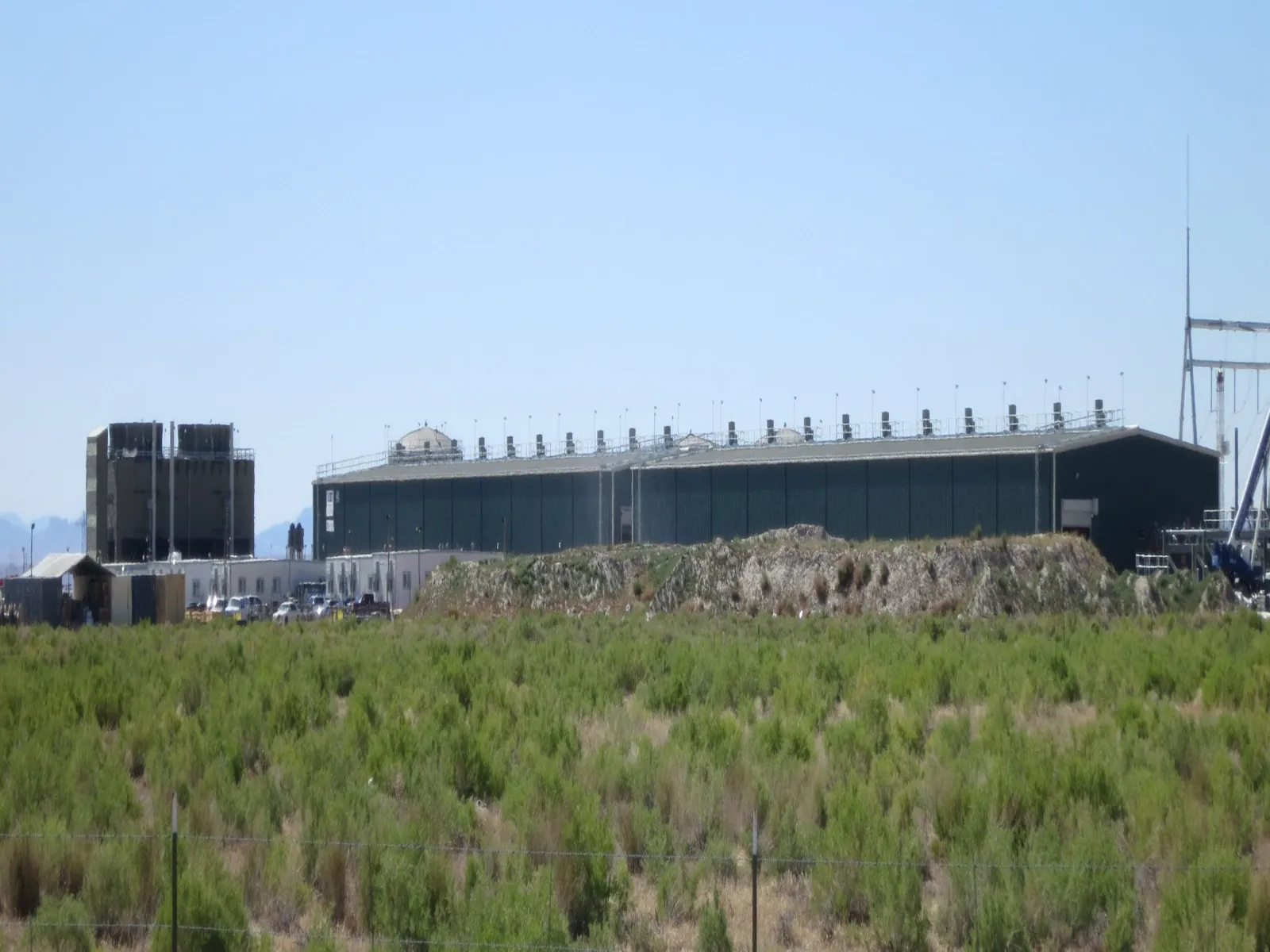
The ACES Delta site where Mitsubishi subsidiary MHI Hydrogen Infrastructure plans to make green hydrogen to supply the IPP gas plants. Mitsubishi anticipates the electrolyzer facility will create 20 permanent jobs, some of which have already been filled by former IPP employees.
Emma Penrod/Utility Dive
That prospect of working with cutting-edge technology also appeals to Lyman, who worked as a local high school science teacher before taking her first job at the power plant.
“When I taught chemistry, I would do demonstrations for the students and show them how we can split water into hydrogen and oxygen, and we’d burn the hydrogen …. I mean, I’m pretty excited about hydrogen. I think there’s a huge future in hydrogen,” Lyman said, though she acknowledges that most of the community likely supports the hydrogen transition because they appreciate the tax base and the government services that come with the power plant.
How you replicate that mindset elsewhere and convince polarized political factions to get along is “a whole different issue,” Ward said. “But in terms of this project, this project has figured out a way for people to cooperate to the benefit of everybody, and we’re trying to keep those values as we move into the next phase of the project’s life.”
And while there’s no current plans for an “IPP 3.0,” you can already see the potential for it when you look out from the coal plant’s roof over Delta’s expansive desert horizon, Ward said.
“There’s land, there’s water, there’s existing transmission capacity,” he said. “We’ve got Mitsubishi and Chevron right across the highway investing major money from international conglomerates. There’s a huge potential for this to be the starting point for additional development, and I think that decades-long history of cooperation is the thing that’s going to make this project thrive for many more decades to come.”





